Film makeup artist Cho Tae-hee shares stories on his work, ambition to shake up the industry
Being a makeup artist for movies takes on a multitude of challenges -- one has to create the perfect look that reflects a character’s personal traits, yet does not leave any impression.
“I have to make sure that (the audience) is not aware of the makeup. If the makeup, a costume or a scar lingers in their memories, I feel like I’ve caused trouble for the film. The best makeup is one that is absorbed by the character without standing out,” said Cho Tae-hee, a veteran makeup artist whose career spans two decades.
Transformation process
Speaking at his recent exhibition “Creating the Face of Cinema,” which showcased his past works in the film industry, Cho explained that the process of preparing for a film production usually takes about two to three months to prepare for a makeup artist.
Being a makeup artist for movies takes on a multitude of challenges -- one has to create the perfect look that reflects a character’s personal traits, yet does not leave any impression.
“I have to make sure that (the audience) is not aware of the makeup. If the makeup, a costume or a scar lingers in their memories, I feel like I’ve caused trouble for the film. The best makeup is one that is absorbed by the character without standing out,” said Cho Tae-hee, a veteran makeup artist whose career spans two decades.
Transformation process
Speaking at his recent exhibition “Creating the Face of Cinema,” which showcased his past works in the film industry, Cho explained that the process of preparing for a film production usually takes about two to three months to prepare for a makeup artist.
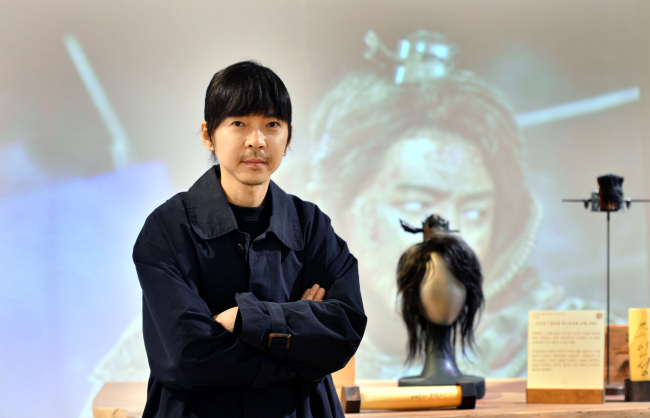
Even longer, if it is a period flick. In the case of the 2012 film “Masquerade,” starring Lee Byung-hun, it took three months to prepare for the four-month shoot.
“I have to organize the concept for every makeup, prepare for props like wigs and beards. It’s a big process. Not only that, I have to analyze the scenario and discuss it with the director and actors. I have to study all the actors,” he said.
Transforming a man living in the 21st century into a king from the Joseon era can be tough, but complicating the matter is that these are some of the most recognizable faces in South Korea. How do you take a man who played a ninja bodyguard, gunslinger and a shape-shifting robot, and hide him inside 17th-century royalty?
“I have to consider the personal traits of that actor. Visually, (the new character) cannot overlap with that person’s previous works.”
That is becomingly increasingly tougher as actors take on so many roles, and the audience tend to link their image to the role they have played.
“In the case of ‘Masquerade,’ it was Lee’s first period piece so everything was fresh. But that film sold over 10 million tickets and left an impression,” Cho said.
For Lee’s another period film “Fortress,” set in the same 17th century Joseon era but only a few decades later, Cho said he focused on bringing out the dark, gloomy nature of the times the movie tried to capture.
“In any case, a person watching, ‘The Fortress,’ must not look at Lee and be reminded of ‘Masquerade,’” Cho noted.
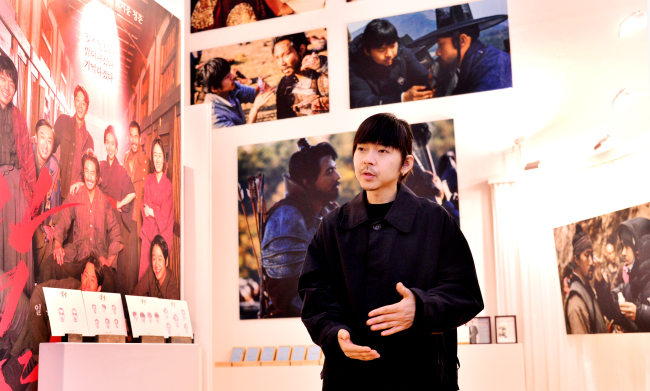
Details were added to realistically depict the group of people stuck inside the walls for months. For example, the beards were longer and untidy, under belief that daily grooming would have had much lower priority than usual.
“We discuss it with the costume and lighting team. Nothing ever gets done by a single team,” he said, explaining that even the smallest detail like the color of the blood depends on the surroundings.
This makes it essential for a makeup artist to have a thorough understanding of the film production, as they are required to take something that is in writing, and bring it into reality. This is something that the artist picked up early on in his life, back when he first stepped onto a movie set.
Road toward the dream
Cho’s path toward becoming one of the most well-known movie makeup artists in the country started right after he graduated from high school, when he was part of the makeup team for renowned auteur Im Kwontaek’s 2000 film “Chunhyang.”
“I worked for about two weeks, but for me it was like 200 days because it was such an important experience. For the first time, I was on the set of a movie and everything -- from the director to actors -- blew my mind,” he said.
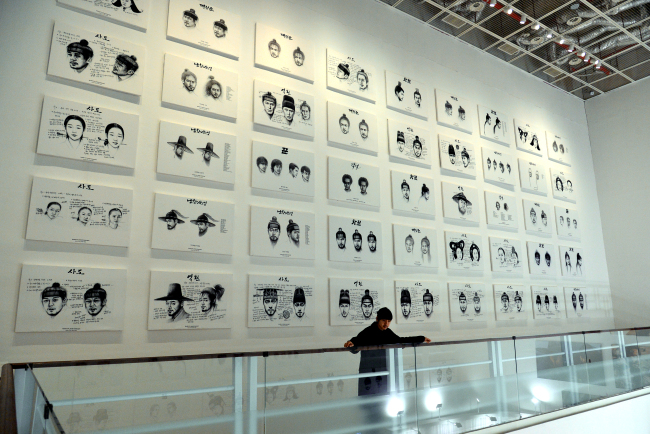
While Cho had always dreamed of working for movies, not a lot of period pieces existed in the 2000s. It was the heyday of gangster comedies and romantic comedies, neither of which requires much makeup.
Cho directed his path toward TV channels, which always show period dramas, but the decision presented an unexpected hurdle in his career when he returned to movies in 2005.
“Film and TV industries are very much against each other, so that (TV experience) actually hurt my career,” Cho said. Bad luck ailed the makeup artist, as the projects that he joined kept floundering.
“During my nearly 20 years of career, that 1 1/2 years was the hardest of all.”
Cho’s resume is one of the most impressive in the industry. His works include the comedy “My Sassy Girl,” “The Fortress”, “The Throne” and “Masquerade”, and comedy drama flicks like “My Annoying Brother”.
“The hardest thing about makeup is that I have to create something that is new but does not overlap with anything that currently exists. It has to impress both the audience and the cast, be classy yet not stand out, and make the actors stand out,” he said.
No props are there without intention. Minute changes to the characters’ attires are made to reflect the passage of time, and some of the props have specific symbols.
In the case of a traditional Korean headdress (binyeo) worn by Han Hyo-joo in “Masquerade,” it has large and small dragons engraved onto it, symbolizing the king and his lookalike, both played by Lee. “They are glancing at each other, but can never meet, and the queen is in the middle. It is a metaphor for the situation,” he said.
Cho also changed the trend of having fancy and flamboyant props like gold headdresses, instead opting for less conspicuous designs that have the natural look. Han, for example, would put on very little makeup to appear natural, as did the two leading ladies of “The Great Battle” Kim Seol-hyun and Jung Eun-chae. “Who spends hours putting on makeup during war?” he noted.
Recreating the past
In all works based on ancient times, realistic depiction of the past is tough work. For films like “The Throne,” the design of King Yeongjo was based on his portrait that still exists today, although his thick beard and lips reflected his stubbornness.
This was in stark contrast to his son, Crown Prince Sado, who Cho deliberately designed to have some uneven and untamed look to express his instability.
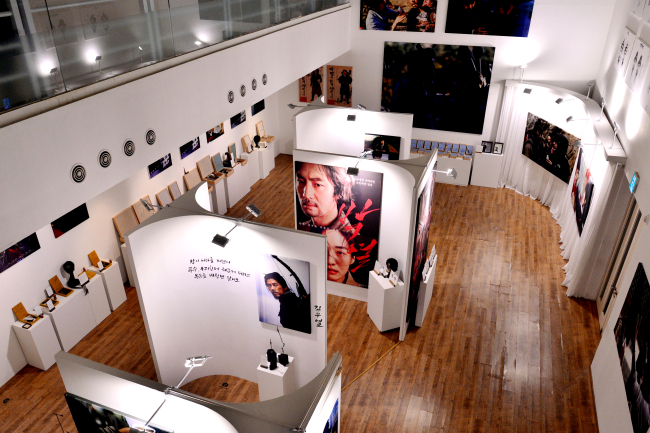
Depending on the records can present challenges when working on eras that have almost no record. “The Great Battle” is based in Goguryeo Kingdom, which perished in AD 668 and there are no records on what the people looked like.
Cho noted that balancing the historical research and elements of fantasy is a delicate work.
“I mix the situation -- of being in a war -- and the characteristics of the actor. Of course, I can’t depict what the person would actually look like in a battle, because one would look like a bum. It would be ridiculous,” he said.
Transforming a lanky, pale-white handsome actor like Jo In-sung into a battle-tested general presented a challenge.
“I wanted him to look like a general, but with a sophisticated look,” Cho said, resulted in a rugged, unpolished beard and a somewhat polished hair.
What Cho revolutionized in the industry was that he was among the first to create all of his own props from the scratch. It had been conventional for the makeup artists to receive them from the sponsors, but he designed and made all the headdresses, wigs, and whatever props needed for the character.
He hopes to one day build a museum to display all the props and share his secrets of movie makeup, which he did during the recent exhibition.
Steps toward the future
If spending 1 1/2 years in and out of jobs has taught Cho anything, it was that being a movie makeup artist in Korea is an unstable job. Most of them are freelance workers, who only have work during the production period of a movie.
It is also very hard for an upcoming artist to find work, as most of it falls on those with years of experience. “Realistically, it is hard for a company to trust a rookie artist with a 10 billion won project. As a result, only the veterans get the job.”
This experience motivated him to start his own makeup company called “Heavenly Makeup,” which is currently a small company of 13 employees. His dream is to create a full-scale management system for makeup artists, which consists of a props company, makeup company, and a system to debut budding artists.
“For the past three years, maybe one makeup artist has debuted. It is becoming harder and harder. I want to create a stable environment.”
By Yoon Min-sik
(minsikyoon@heraldcorp.com)







![[KH Explains] How should Korea adjust its trade defenses against Chinese EVs?](http://res.heraldm.com/phpwas/restmb_idxmake.php?idx=644&simg=/content/image/2024/04/15/20240415050562_0.jpg&u=20240415144419)






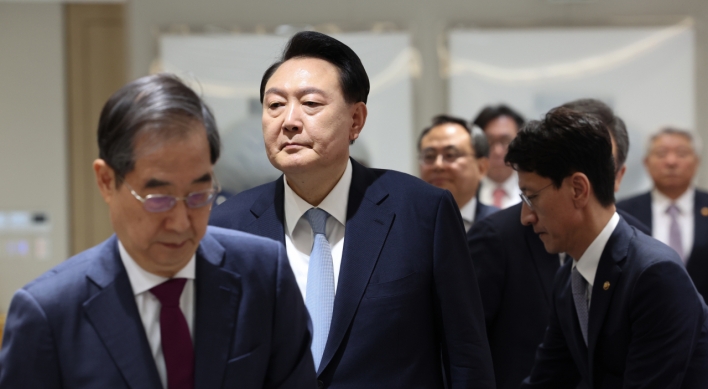



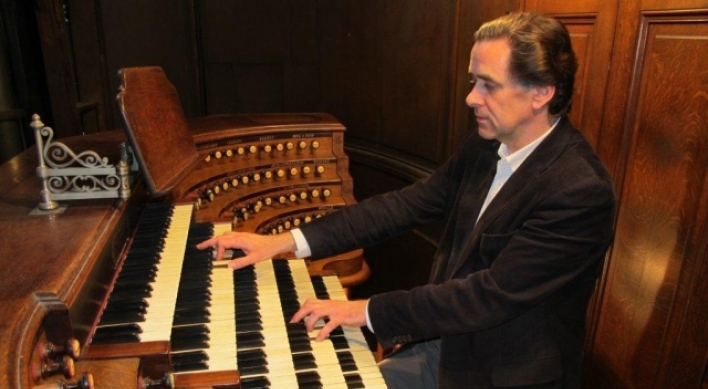
![[Today’s K-pop] Stray Kids to return soon: report](http://res.heraldm.com/phpwas/restmb_idxmake.php?idx=642&simg=/content/image/2024/04/16/20240416050713_0.jpg&u=)